Executives at Apple, Google, and Samsung would love nothing more than for everyone to upgrade to the latest flagship phone every year—and many people do exactly that. But is a $1,000 flagship really always the best option? In short, no: while flagships do offer the most comprehensive smartphone packages around, they often over deliver in some areas and fall short in others.
Niche use cases and special considerations are often overlooked when manufacturers put flagships together. Important aspects like accessibility, battery life, and ergonomics can fly right out the window.
By putting a bit of thought into your specific use cases, you can often save a ton of money, and get a device that is better suited to you than the “best of the best” would be. We here at AP aim to do just that with helpful tips on how to pick the best Android phone for you.
I need a battery that lasts all day
Work from home is more popular than ever, but battery life is incredibly valuable, especially if you’re out all day with no charger. Battery size is the main consideration here, so you should aim for a minimum capacity of 5000 mAh, but you should also look out for some of these factors and features:
Component choices to maximize mobile battery life
Chipsets and displays are in contention for the most power-consumptive components in a smartphone, so it makes sense to focus your efforts in these areas. A gung-ho approach to battery life is to opt for a 720p display and a 7,000 mAh battery, but that would most likely be a poor experience. Instead, the best practice would be a balanced spec sheet with a 1080p OLED or AMOLED display with adaptive refresh rate tech. You can maximize battery life by turning on dark mode and putting adaptive refresh on so that the refresh rate drops—in some cases as low as 1 Hz—when appropriate.
If you don’t do any heavy multitasking or productivity tasks, you should aim for a low-power chip like the Snapdragon 695 that powers the 2022 Moto G Stylus 5G.
Battery power banks are evolving in leaps and bounds. If you are a heavy power user, but still want to get through more than a day when you're on the go, you may want to consider carrying supplemental power.
I need a phone that can fill in for my mirrorless or DSLR camera
Smartphone photography use cases vary from “I use my phone camera to remember where I parked my car,” to “I am a travel blogger and don’t want to buy a dedicated camera.” You can’t rely on a manufacturer claims becuase most claim their smartphone cameras are best in class, but have no idea how you shoot photos. How would they know what is the best for you? You need to look at the types of moments you want to capture in order to determine which camera system makes sense, but generally you want good autofocus and a good feature set. Photography is one area where more often than not, flagships from the likes of Google, Samsung, and Sony have the best performance.
Standard photography features
Smartphone camera sensors heavily on computational photography, an area where Apple, Google, and Samsung excel, but a balanced camera system needs solid primary, ultrawide, and front-facing sensors. Its important to remember higher megapixel counts do not traslate to better photgraphs; sensor size, aperture, and lens elements play a major role in image quality.
Large sensors with wide apertures are great for low-light shots, as they capture more detail and light. Night owls and party goers should aim for a smartphone with a main sensor bigger than 1/1.7 inches. OIS is a must have for low-light photos as well. The Google Pixel 6 and Samsung Galaxy S22+ are solid choices for smartphone shutterbugs.
Features for smartphone videographers
Video-focused users should ideally spring for a device with good OIS, and dual-pixel PDAF for fast focus during recording. Nice-to-have features are things like being able to record using all the rear lenses at once, so that you can decide later if you want a wide, ultrawide, or zoom shots of the action. If you're really leaning into things like vlogging and want the best quality possible, an audio input is something worth considering as well. Although most flagships do a decent job with video, Sony stands out. Smartphone videographers should check out the Xperia Pro.
I need a phone that's made for gaming
First-person shooters and visually taxing role-playing games are the most demanding of your device's hardware and require consideration in several areas to get the most out of gaming. Games like Angry Birds and Alto’s Odyssey don’t require any specific hardware needs, but if you want to play larger titles like Apex Legends, Call of Duty, or PUBG Mobile, you should look for some of the following features.
High-performance components for mobile gaming
To get the smoothest possible gameplay, you'll want a current-gen, or relatively recent, phone with a Qualcomm Snapdragon 8-series chipset, or an alternative like the MediaTek Dimensity 9000 or Samsung Exynos 2200. The MediaTek Dimensity 1200 chipset is a solid choide for budget phones. High-end gaming phones, like the Lenovo Legion Duel 2 also have built-in fans to manage temperatures and improve sustained performance. You also want at least 8 GB of RAM for modern gaming, especially if you are recording gameplay, streaming, or running background tasks like music apps while gaming.
High refresh rate displays with low pixel response times make the gaming experience feel more fluid and are most relevant in fast-paced action games like PUBG Mobile, Fortnite, and Call of Duty Mobile. If your focus is fast-paced gaming, you should aim for at least 120Hz.
Touch sampling rate (also measured in Hz) is the rate at which the phone’s screen reads inputs on the display—the higher the touch sampling rate, the less delay there is between your movements and the phone’s response. Touch sampling rates of over 240Hz are recommended for gaming.
Dedicated gaming phones have huge batteries to power long play sessions, with capacities of up to 6,000 mAh are not uncommon in high-end gaming phones. You should also look out for fast charging speeds—at least 30W—so you can top off quickly while you’re gaming on the go.
Bonus features for gamers
Hardcore gamers may also want bonus features, like hardware trigger buttons, or stereo speakers found in the likes of the ASUS ROG Phone 5, Lenovo Legion Duel 2, Redmi K50 Pro, or ZTE Nubia Red Magic 6s Pro.
A stable network connection is beneficial for online and co-op games, so you should opt for at least LTE support. 5G networking is fairly new technology, even with the best 5G phones, so you should check coverage map before you unnecessarily spend more money on a phone with 5G. Where there is coverage, 5G tech promises to reduce network latency and improve bandwidth for multiplayer games.
Wi-Fi 6e promises similar benefits to 5G, except for your home network, if you have a Wi-Fi 6e-capable router. If you have little-to-no 5G networking in your country, and you only have 2.4 GHz or 5GHz Wi-Fi in your house, neither of these specifications should concern you too much.
Best phones for international traveler
Mobile network support is a more complicated issue than it has any right to be. If you are a frequent international traveler, you should make sure any potential phone is compatible with the networks in the countries you regularly visit. Network compatibility is usually listed on the phone’s detailed specifications sheet under something like "Network bands."
2G and 3G networks are available in a variety of different bands, but not all bands are available in all countries. Quad-band phones are the most compatible, but if you travel to a specific country or region regularly, it is worth consulting a network coverage map when shopping for a phone to make sure you get a compatible phone.
LTE networks are less of a concern because they are implemented more universally—most countries implement a wide variety of 4G bands, so there's a good chance at least a few bands will work on the road. That said, if you buy a carrier-locked phone, make sure that you contact your carrier before you travel and that you will have coverage. GSMArena has a network compatibility checker that lists GSM, 3G, 4G, and 5G networks by country, so if you know where you will be traveling you can make your purchasing decision by comparing that list to the spec sheet of a potential phone.
If you’re looking for an easy way out of this whole network confusion situation, Google's Pixel lineup is unlocked and should work in most parts of the world.
Mobile carriers often lock devices to their own networks and SIM cards, especially if you're in a contract. The best way to get around this is to buy an unlocked phone directly from the manufacturer. Verizon conveniently unlocks fully paid-off devices after 60 days. You can also get around carrier locking by requesting that your carrier temporarily unlock your phone.
Best phones for people who need long battery life
Apple really sets the gold standard when it comes to long-term viability, with devices receiving up to seven years of operating system updates. Android manufacturers are yet to catch up to this level, but Samsung, Google, and Nokia are some stand-out manufacturers.
Samsung provides four years of OS updates and 5 years of security updates for its midrange and high-end Galaxy devices (Galaxy A53 5G, Galaxy A73 5G, Galaxy S22, S22+, and S22 Ultra), and 5 years of security updates. Google offers 3 years of OS updates and 5 years of security updates for some of their devices — Google also has a neat page where you can view its update policy per device. Nokia is another Android maker that offers a reasonable update policy, providing three years of software updates and security updates on its X-series devices after the Nokia X20.
RAM capacity and SoC performance are also something to keep an eye on if you want to keep your phone for more than 2 or 3 years. Software advancements mean increased resource usage, so a device that is underperforming the day you buy it is unlikely to be pleasant to use 3 years down the line.
Best phones for single-handed use
This is an easy category to cater to — look for screen size specifications, right? Well, maybe not — a 5.5-inch phone with a 16:9 aspect ratio could still feel big, especially if the back of the phone is particularly blocky, or if it is a thick device. The ASUS Zenfone 8 compared with the Sony Xperia 5 III is a good example of this. The Zenfone 8 has a small 5.9-inch display, but the Zenfone manages to be wider than the Sony Xperia 5 III and its 6.2-inch display thanks to the Sony’s super-tall 21:9 aspect ratio.
Small Android phones are rare to come by, so it is best to look for ergonomic features that make a large device feel smaller and more comfortable. Tall aspect ratios, curved backs, and thin form factors all help make a phone much more comfortable to use if you have smaller hands or like to use your phone one-handed.
Best phones for children and teenagers
It’s tough to nail down exactly what makes a good phone for children and teenagers. Kids and teenagers are sometimes forgetful and clumsy, so you want something that is relatively cheap and easy to repair or replace if necessary. Teenagers also love to socialize, and may have practical use for productivity suites for school work (most US schools use Chromebooks and Google Drive, which tie in perfectly with Android).
Plastic backs, relatively large screens and big batteries (ideally around 5000 mAh), should be focal points for hardware in this category.
Midrange and budget devices from brands like Samsung, Poco, and Oppo offer great bang for the buck here. Samsung’s Galaxy A-series features minimalist, fashionable designs, and bright colors, while deliver a smartphone experience that balances camera chops, user experience, and longevity. Poco’s F-series similarly delivers a solid all-round package but focuses more on performance than style. Nokia’s G-series devices are extraordinarily cheap and are designed to be rugged. The near-stock Android UI on Nokia phones means that Google’s Family Link parental controls should work flawlessly.
Best phones for people who use accessibility features
Accessibility is one of those features that is often overlooked but vitally important to many people. Whether hearing loss, loss of vision, or reduced dexterity, many people need accessibility features to make smartphones easier to use. If you fall under any of these categories, there are a few accessibility features baked into Android, but some manufacturers go the extra mile.
Google’s ASHA protocol for people with hearing loss
Google’s Android Support for Hearing Aids (or ASHA in short) uses Bluetooth LE to allow your Android phone to connect directly to supported hearing aids (you should check your existing hearing aid for compatibility) with significantly less battery drain than previous implementations. ASHA requires a phone to have at least Android 10, and Bluetooth 5.0 LE (BLE) support. ASHA primarily allows you to stream calls and audio directly to your hearing aid, but also provides a host of other features, like helping you locate lost hearing aids and controlling hearing aid volume.
Google’s own Pixel 6 and Pixel 6 Pro devices have some of the best ASHA support around, but other phones running Android 10 and above will also provide similar support. Google’s devices also provide excellent offline captioning to convert device audio into on-screen captions.
If you are shopping around for a phone, you can and should test every device a carrier has on hand with your existing hearing aid to confirm compatibility and functionality.
Phone features for people who are blind, who have low vision, or who have limited dexterity
Android has had visual accessibility features like text size adjustment, TalkBack screen reading, and support for TalkBack braille keyboards for a long time, so if you are visually impaired, getting a phone with a large, bright screen will go a long way. Voice Access is also beneficial for both dexterity and visual impairments because Voice Access allows you to control your phone with your voice.
Buy the phone that you can live with
Buying a smartphone may seem like a trivial thing, but at the end of the day, you could spend upwards of $1000 on a top-tier smartphone. You are the one who is going to use the phone for several hours a day for the next few years, so shouldn't you do your best to make sure you're buying something that's well-suited to your needs? Comparative shopping and consumer awareness are especially important if you're in need of a very specific feature or capability, like accessibility features or roaming support. If you take a little time and use the tips we just went over, you can come to a decision that won't leave you feeling buyer's regret the moment you walk out the door. Maybe you can even save some money in the process. If you're still stumped, you can check out our selection of best Android gaming phones and our top budget phone picks.

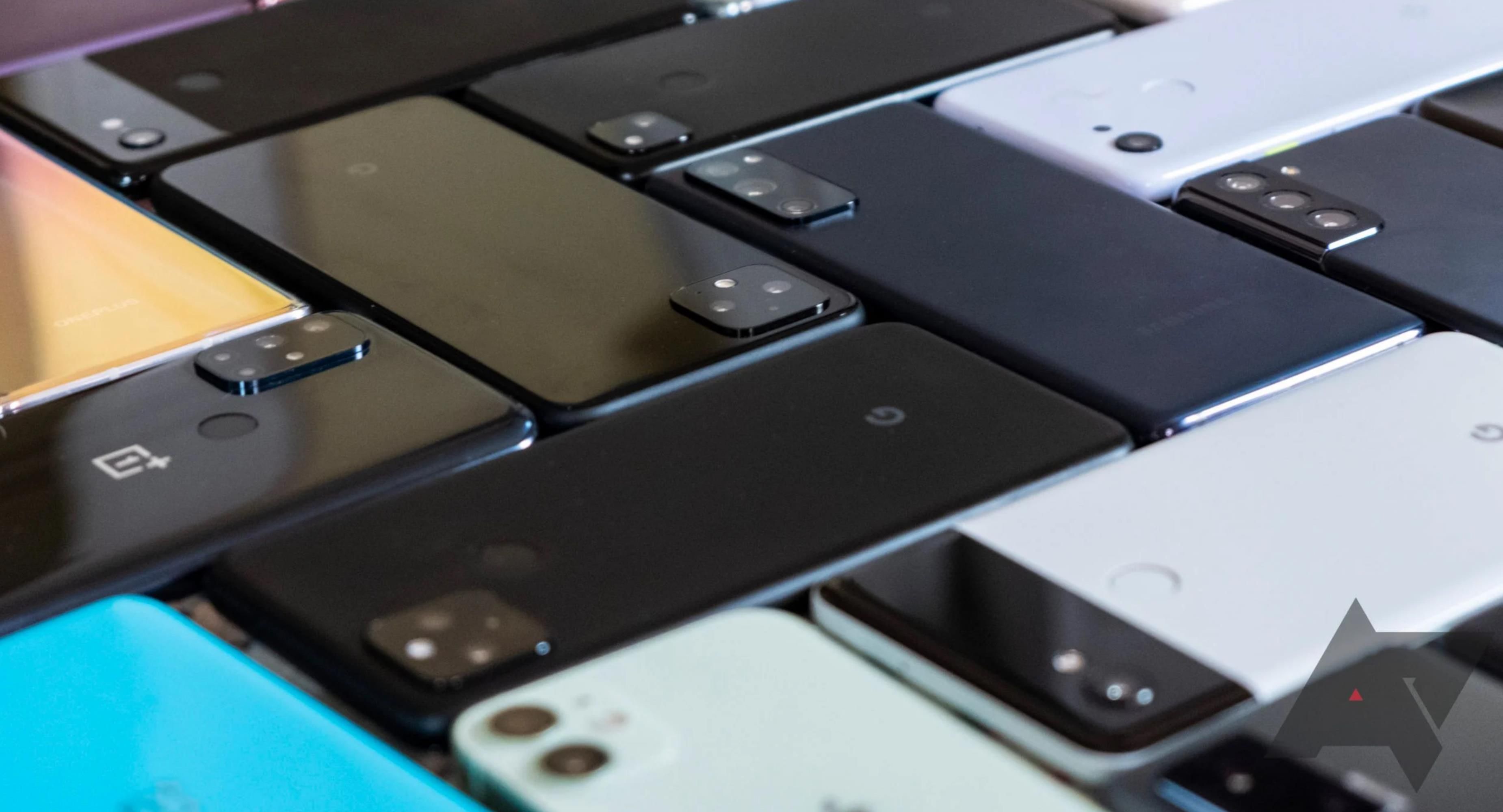
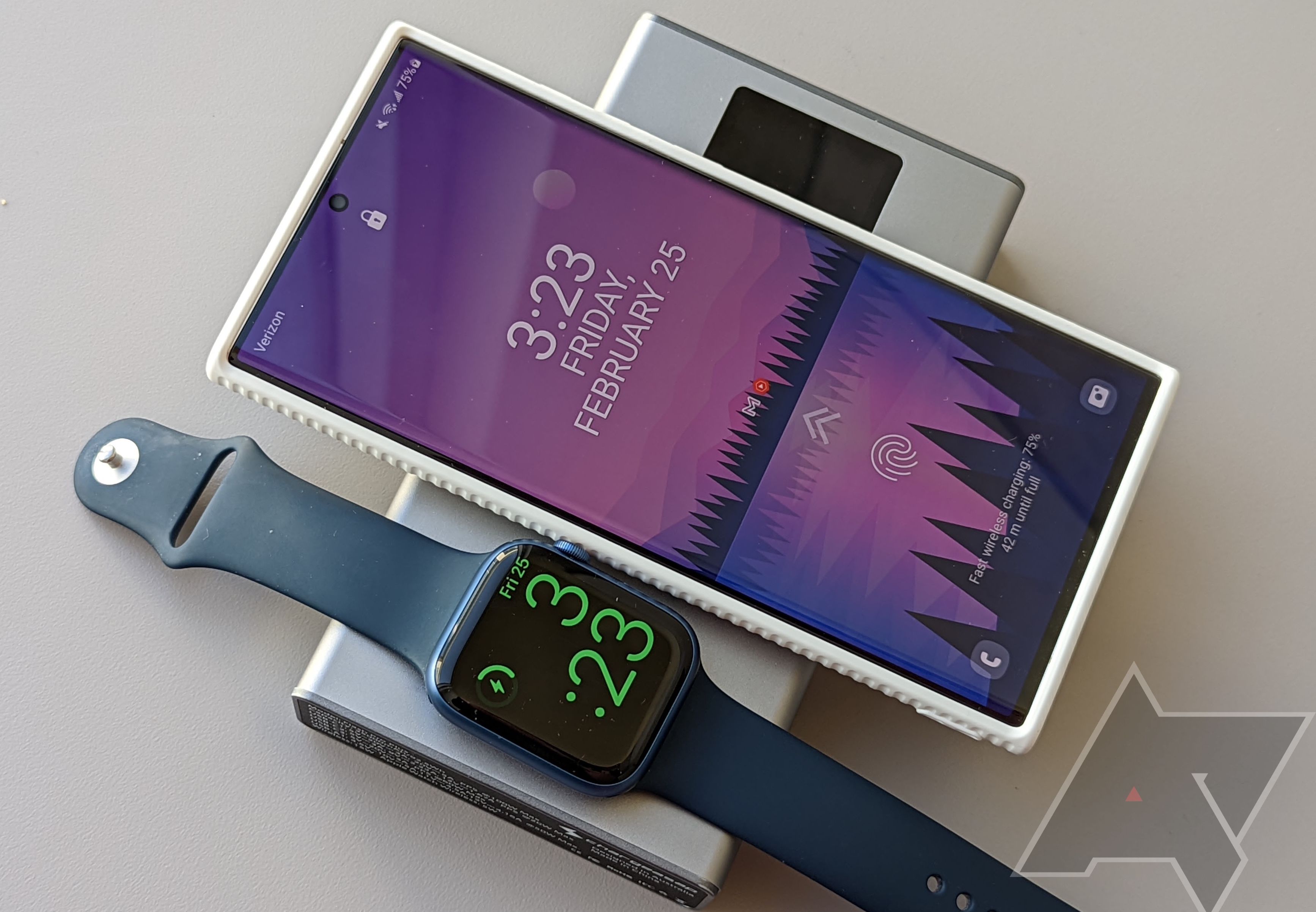
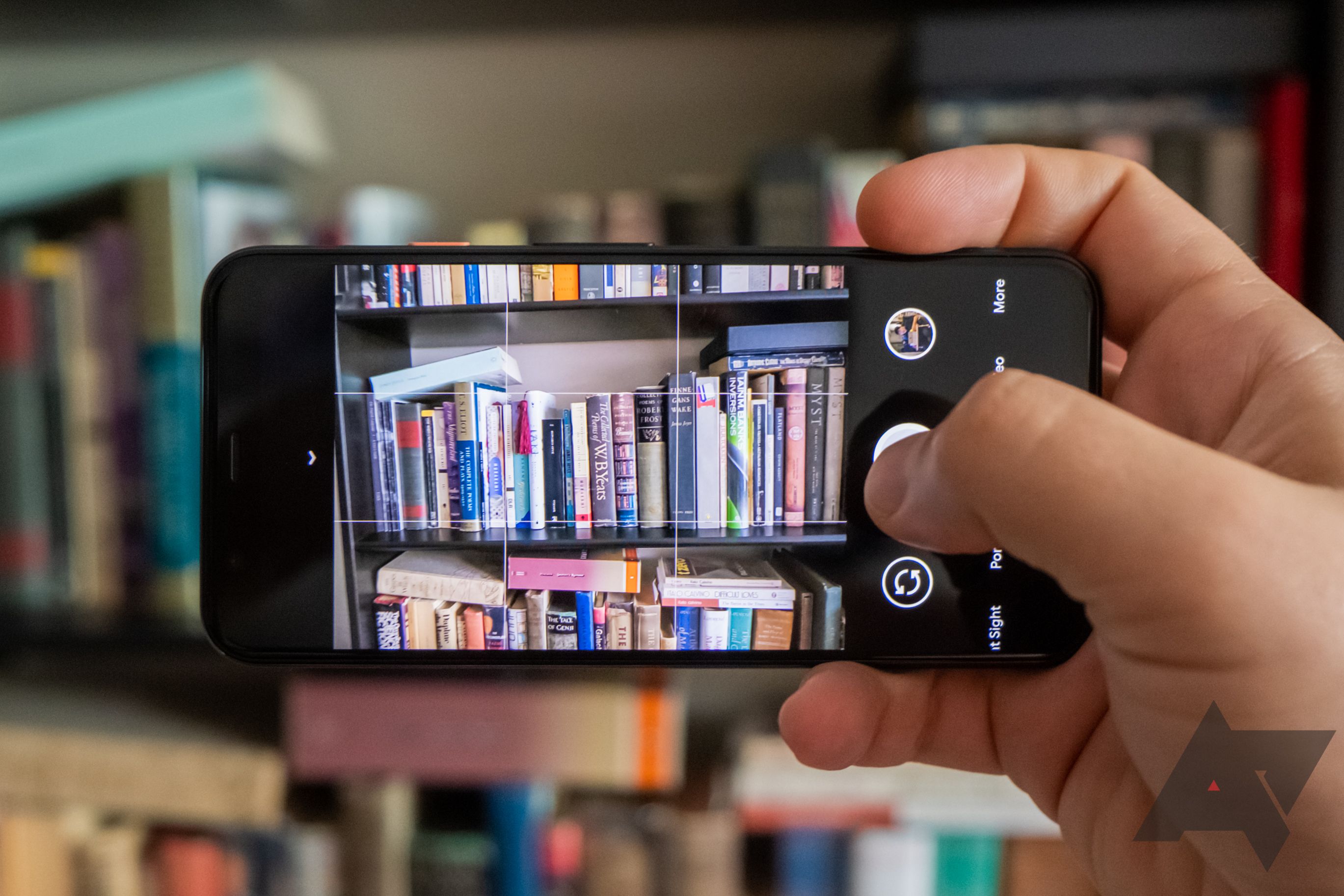
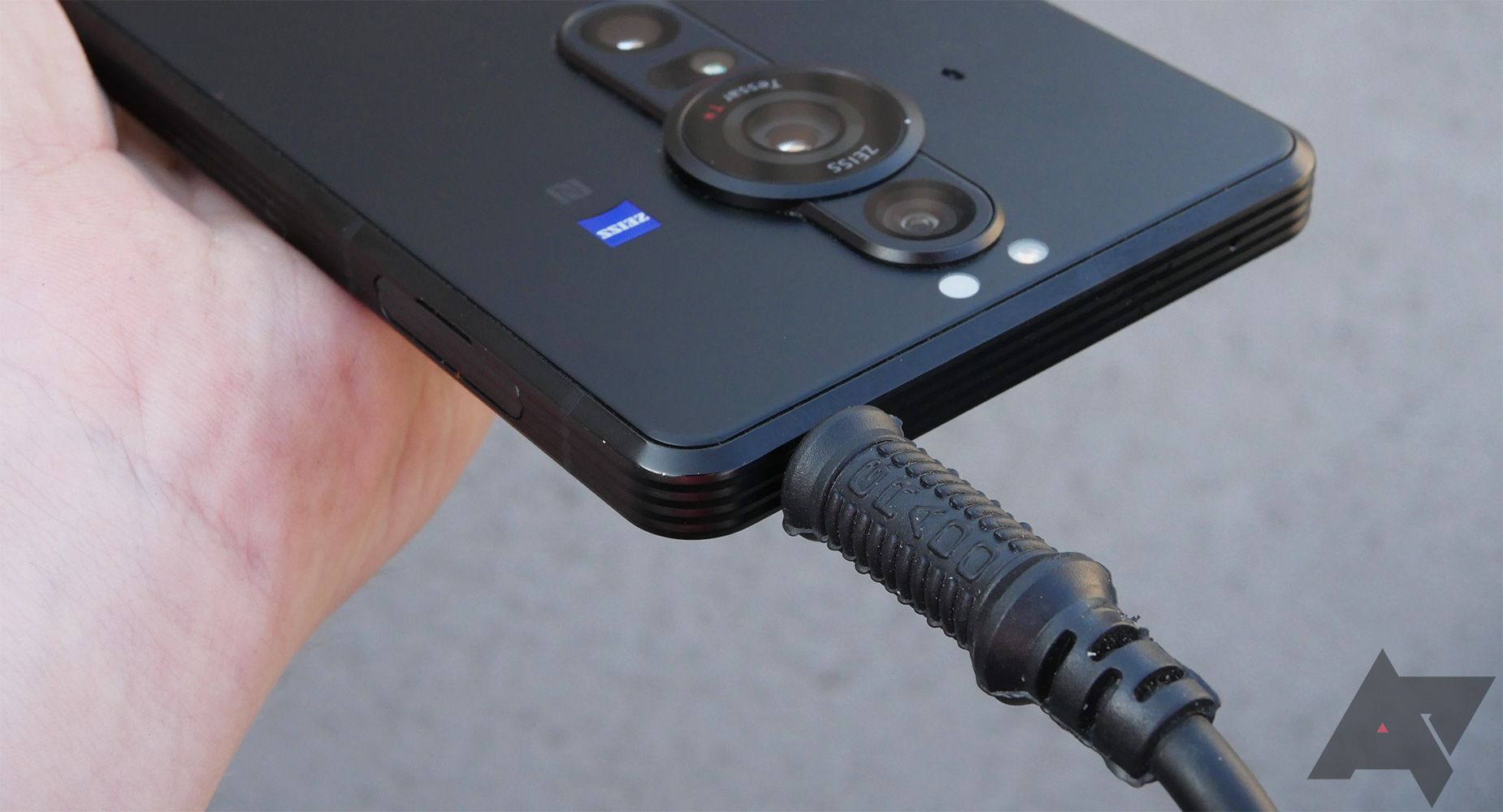
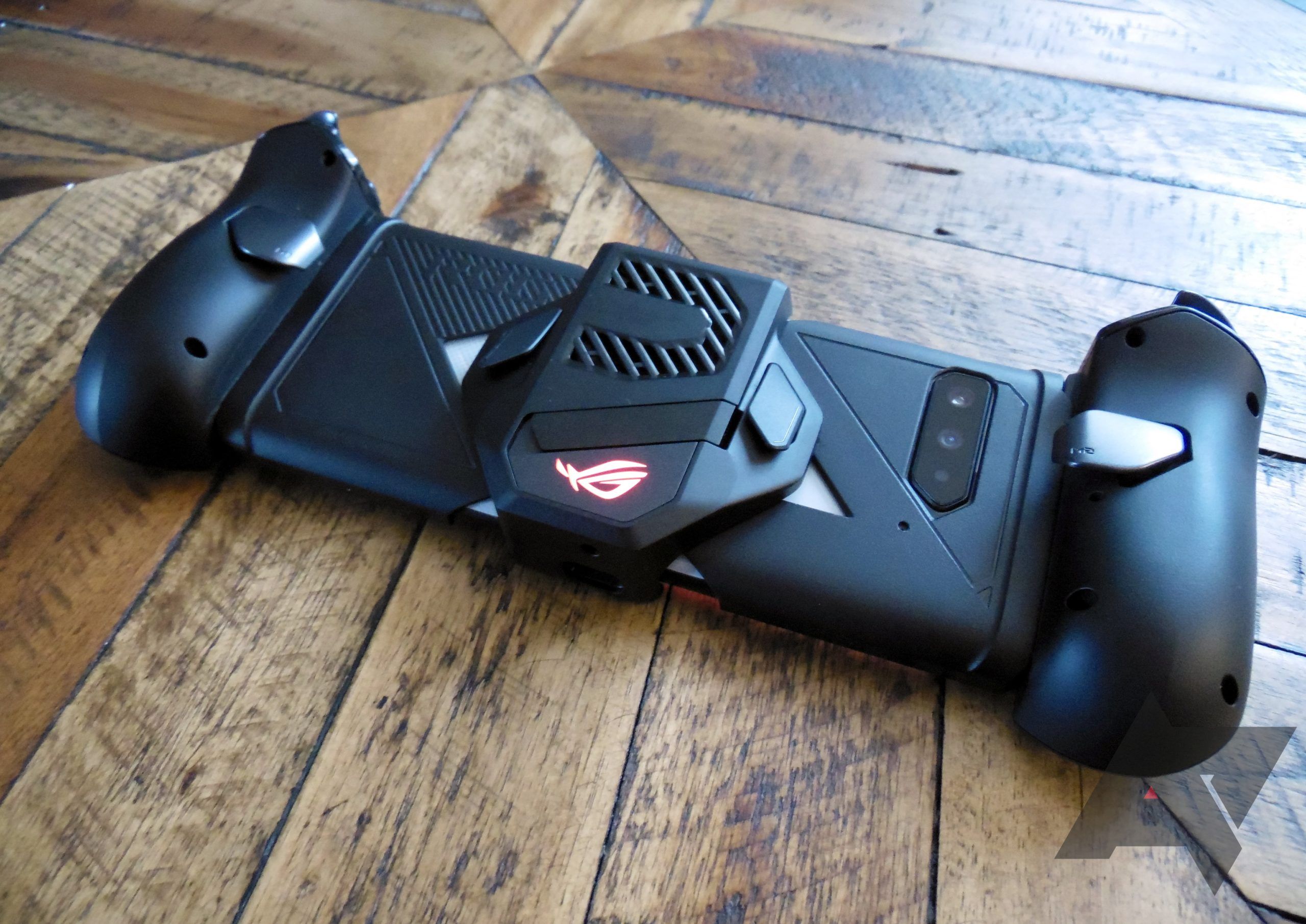
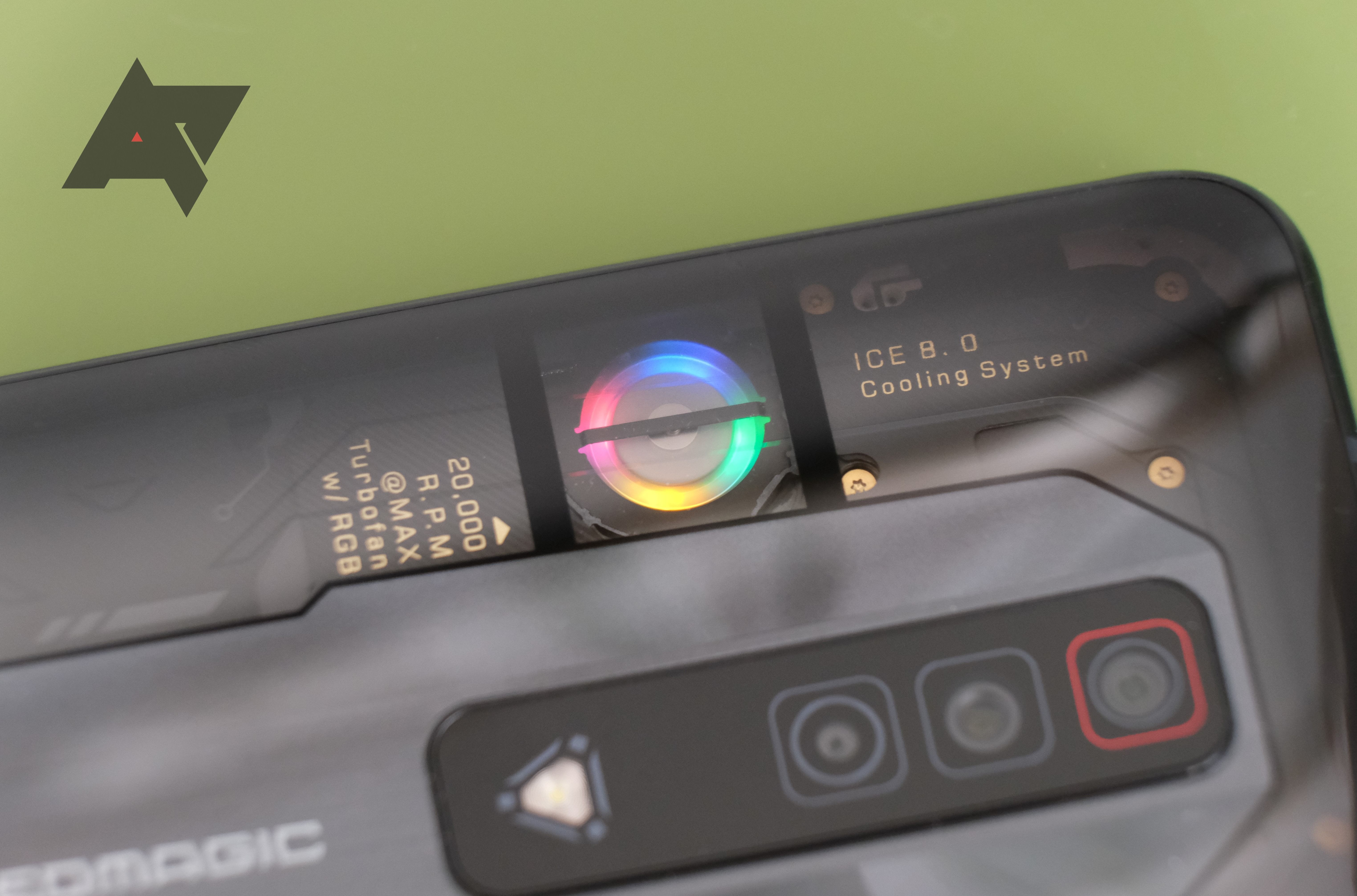
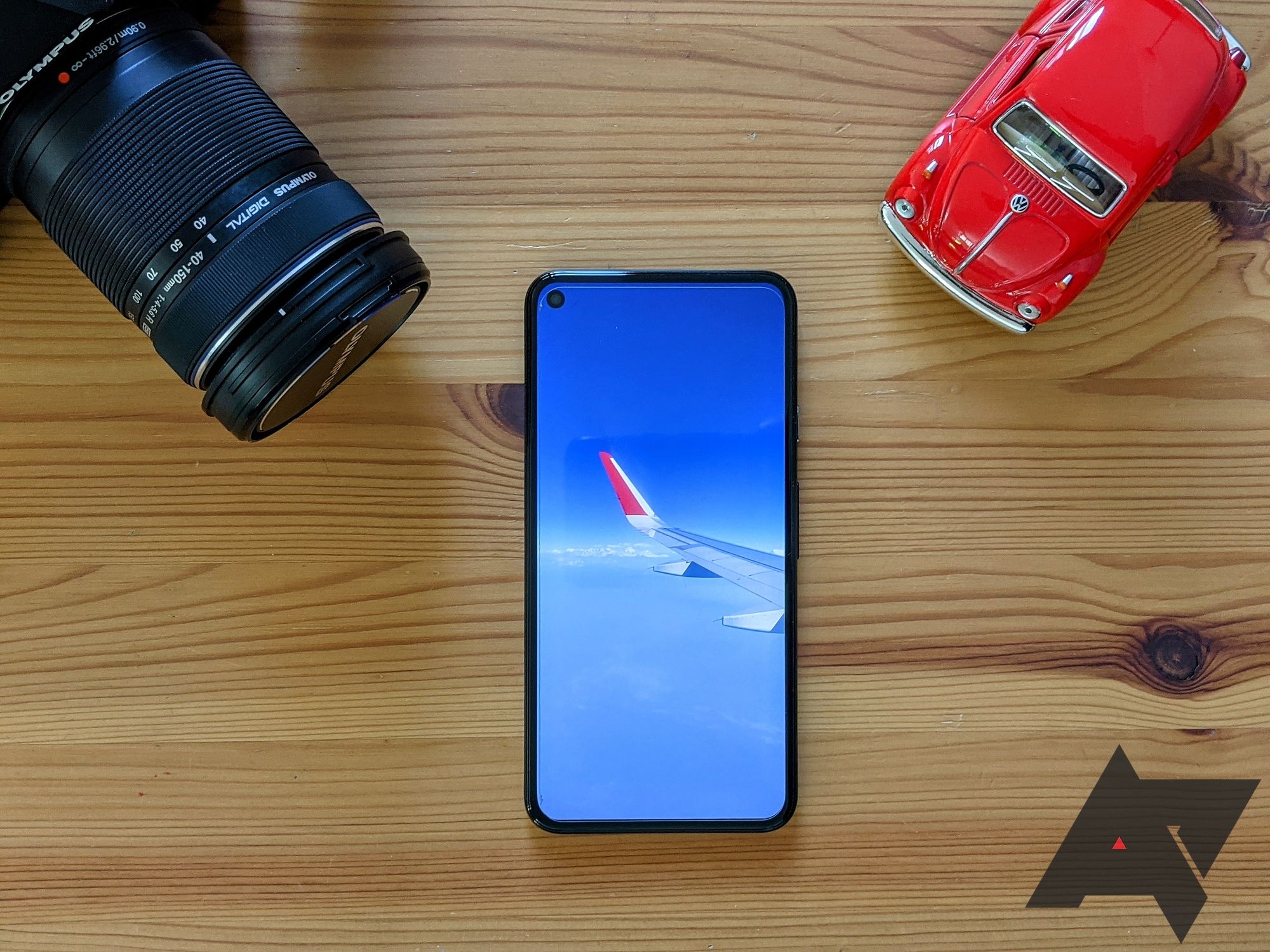
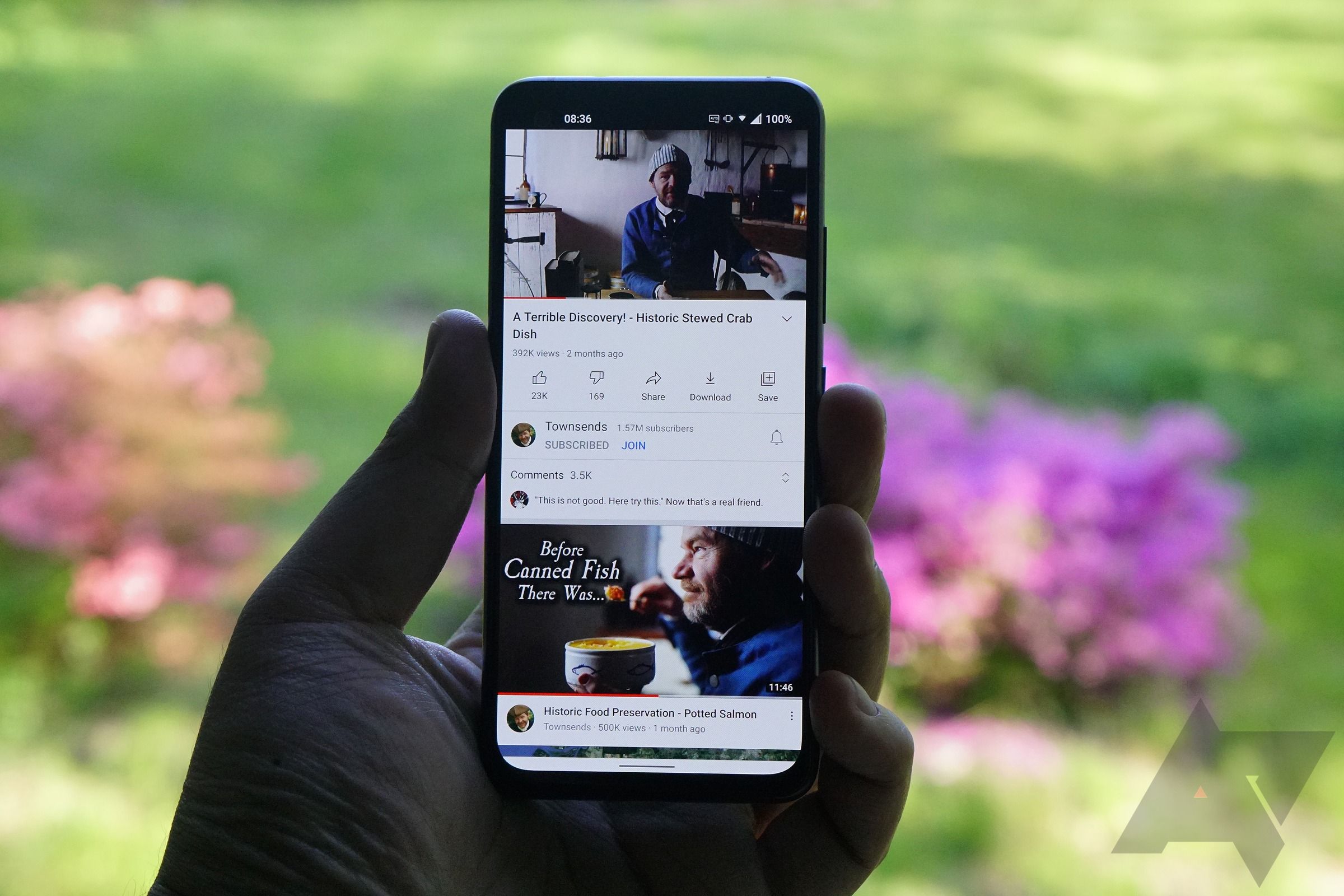
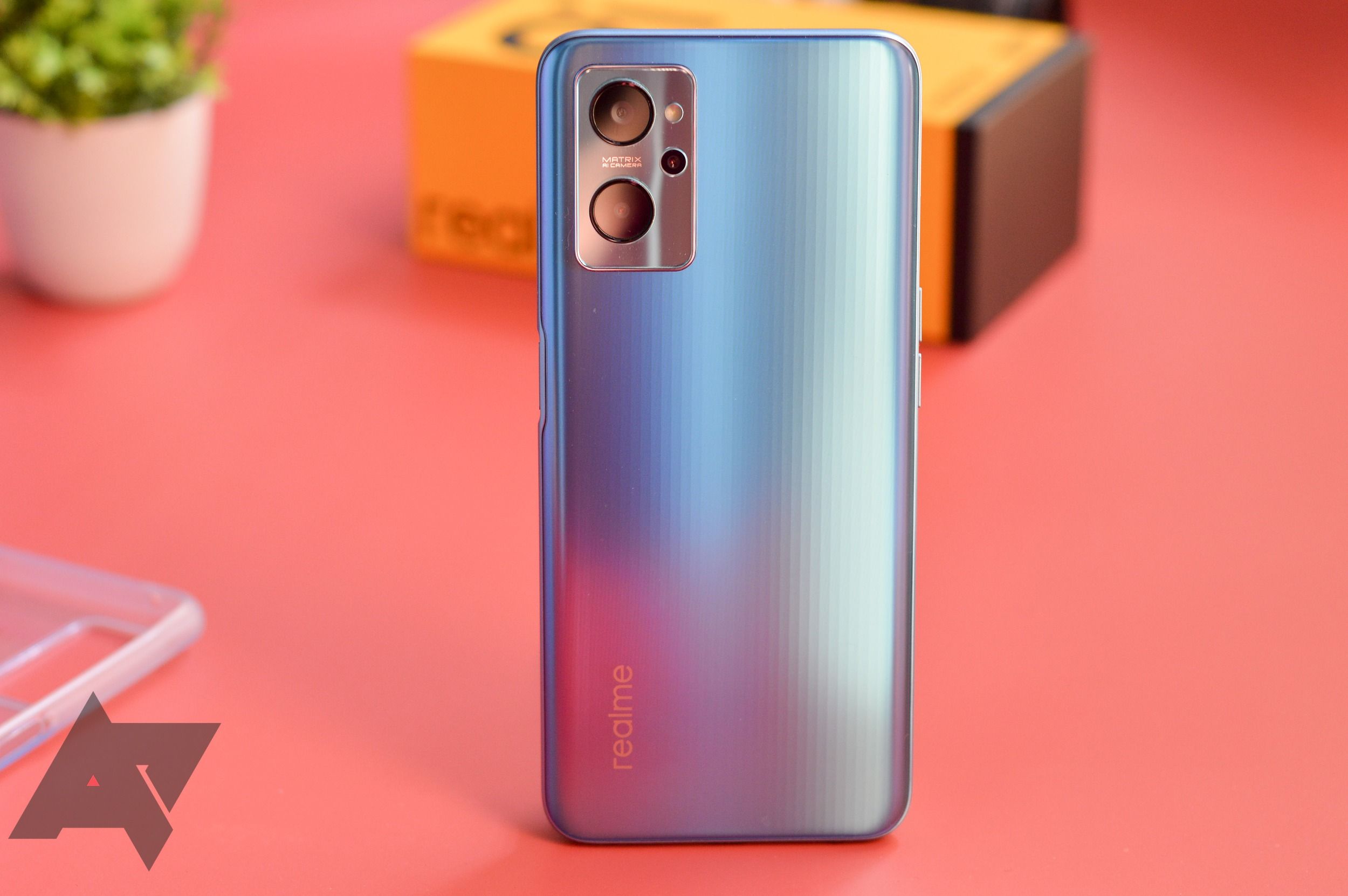
.JPG)